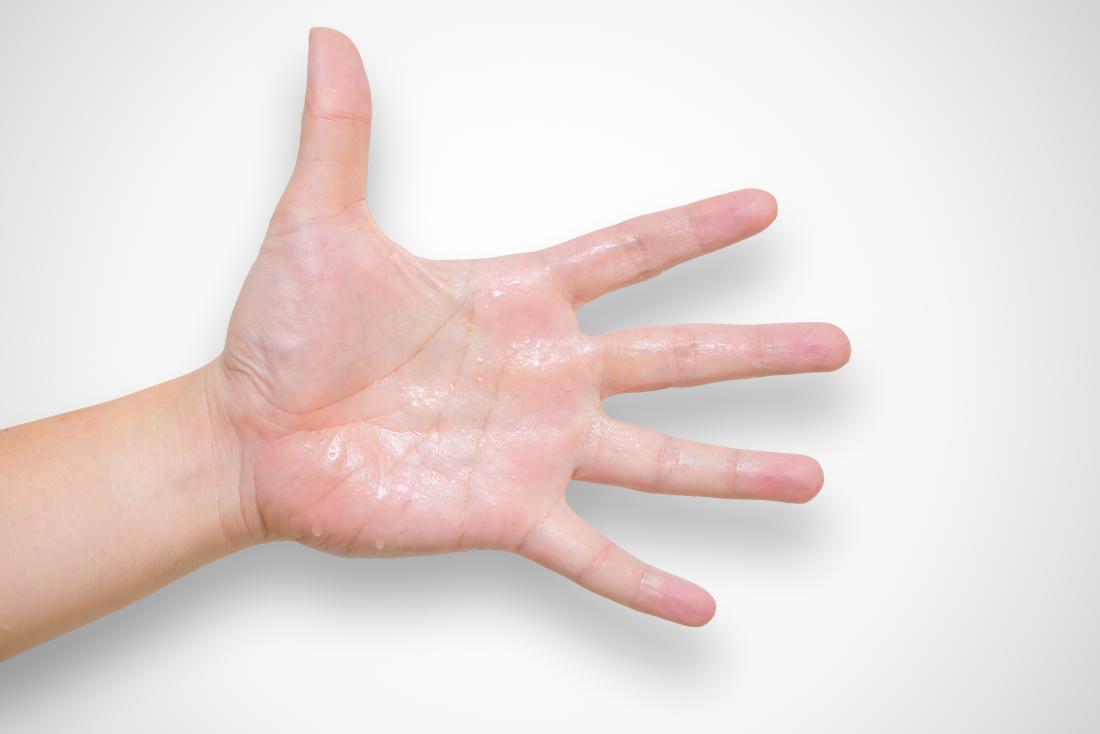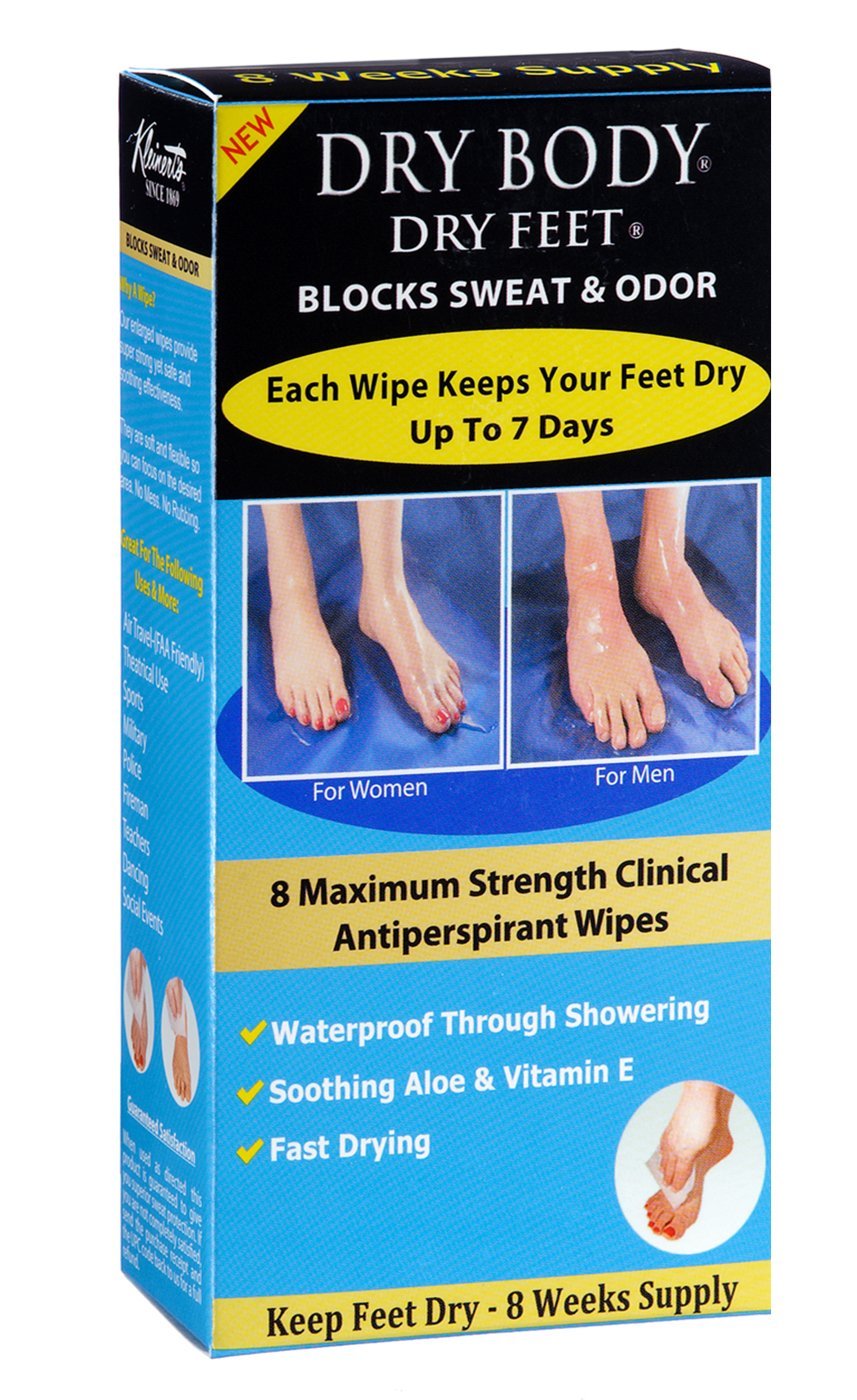Dermatology Tips and Treatments for Hyperhydrosis of Hands: Innovative Solutions
Dermatology Tips and Treatments for Hyperhydrosis of Hands: Innovative Solutions
Blog Article
Revealing the Intricacies of Excessive Sweating: A Comprehensive Guide to Diagnosis and Administration
Too much sweating, clinically referred to as hyperhidrosis, is a condition that affects a significant variety of people and can have an extensive influence on their lifestyle. While sweating is a natural physical function, its overactivity in hyperhidrosis provides a special set of difficulties that typically go beyond simple pain. Recognizing the underlying causes, identifying the signs and symptoms, and browsing the diagnostic process for hyperhidrosis can be elaborate jobs. In this comprehensive guide, we will certainly explore the complexities of hyperhidrosis, from its medical diagnosis to the range of therapy choices readily available, losing light on reliable monitoring methods for those coming to grips with this condition.

Recognizing Hyperhidrosis Causes
Hyperhidrosis triggers can be attributed to different variables such as genetics, hormonal imbalances, and certain medical conditions. Genetics play a significant role in primary focal hyperhidrosis, where individuals inherit the condition from their family members. By determining the particular factors contributing to too much sweating, healthcare service providers can customize treatment strategies to deal with the underlying cause, supplying relief and improving the high quality of life for people influenced by hyperhidrosis.
Recognizing Hyperhidrosis Effects
Furthermore, hyperhidrosis signs and symptoms may show up in psychological and social distress, as people might feel ashamed or anxious concerning their sweating, resulting in avoidance of social situations (Treatment for hyperhydrosis of hands and feet). In addition, duplicated episodes of extreme sweating can lead to skin maceration, fungal infections, and a general decline in self-confidence
Diagnostic Process for Hyperhidrosis
Initiating the analysis process for excessive sweating entails extensive examination of the individual's case history and checkup. Asking about the onset, period, and triggers of sweating episodes is crucial to differentiate in between primary focal hyperhidrosis and second generalised hyperhidrosis. Clinical history should also include questions concerning medicines, clinical problems, and family history of hyperhidrosis.
During the physical exam, certain focus is paid to the areas affected by sweating. The medical care service provider might assess the level of sweating, look for signs of underlying problems, and review the influence of sweating on the individual's quality of life. Additionally, certain examinations like the gravimetric examination, starch-iodine examination, or skin conductance measurements might be performed to evaluate the amount of sweat created.
Furthermore, in situations where second hyperhidrosis is presumed, added examinations such as blood tests, urine try this tests, and imaging research studies might be suggested to identify the underlying root cause of extreme sweating. The diagnostic procedure intends to properly identify the type and root cause of hyperhidrosis to guide appropriate management techniques.
Therapy Choices for Hyperhidrosis
When attending to too much sweating, numerous therapy choices are available to reduce signs and boost the person's lifestyle. The therapy technique for hyperhidrosis depends upon the intensity of signs and the client's reaction to first treatments.
Topical therapies, such as aluminum-based antiperspirants, are typically suggested as the initial line of protection for handling light instances of hyperhidrosis. These items work by connecting the sweat air ducts, thus minimizing the amount of sweat that gets to the skin's surface. For people with extra severe signs, oral medicines like anticholinergics might be recommended to help reduce sweating. These medications can have side effects and are not suitable for every person.

Effective Management Methods
To successfully manage hyperhidrosis, a personalized and comprehensive therapy strategy tailored to the individual's details requirements and reaction to previous treatments is important. This plan might incorporate a mix of restorative approaches, including lifestyle alterations, topical treatments, dental medications, botulinum toxin click here to find out more injections, iontophoresis, and in severe instances, surgical treatments like sweat gland removal or sympathectomy. Lifestyle modifications such as putting on moisture-wicking apparel, making use of antiperspirants, and exercising stress-reducing strategies can enhance medical interventions. Topical antiperspirants containing aluminum chloride are often the first-line treatment, with stronger formulations readily available for resistant instances. Oral drugs like anticholinergics might be suggested for generalised hyperhidrosis. Botulinum contaminant injections are efficient for focal hyperhidrosis, offering temporary relief by blocking the launch of acetylcholine. Iontophoresis, involving the usage of a low electrical existing to reduce sweat gland activity, can be valuable for both palmoplantar and axillary hyperhidrosis. Surgical choices are commonly scheduled for severe, refractory instances and need cautious factor to consider of benefits and risks. A multidisciplinary approach entailing skin doctors, medical care medical professionals, and, if essential, surgeons, can enhance the monitoring of hyperhidrosis.
Conclusion
In conclusion, hyperhidrosis is a condition defined by extreme sweating, which can considerably affect an individual's lifestyle. By recognizing the reasons, acknowledging the symptoms, and undertaking the diagnostic process, doctor can effectively handle this problem. Treatment choices include topical drugs, oral medications, shots, and also surgeries in extreme cases. With proper diagnosis and administration techniques, individuals struggling with hyperhidrosis can discover alleviation and enhance their general well-being.
Too much sweating, clinically known as hyperhidrosis, is a condition that influences a significant number of people and can have read the full info here a profound impact on their quality of life. By recognizing the certain aspects contributing to extreme sweating, healthcare service providers can customize therapy strategies to attend to the underlying cause, supplying relief and enhancing the top quality of life for individuals impacted by hyperhidrosis.
Hyperhidrosis, identified by excessive sweating past what is needed for regulating body temperature level, can significantly affect a person's high quality of life. Asking about the beginning, duration, and causes of sweating episodes is essential to differentiate in between key focal hyperhidrosis and secondary generalized hyperhidrosis. How to stop sweaty hands.In final thought, hyperhidrosis is a condition defined by extreme sweating, which can significantly impact an individual's high quality of life
Report this page